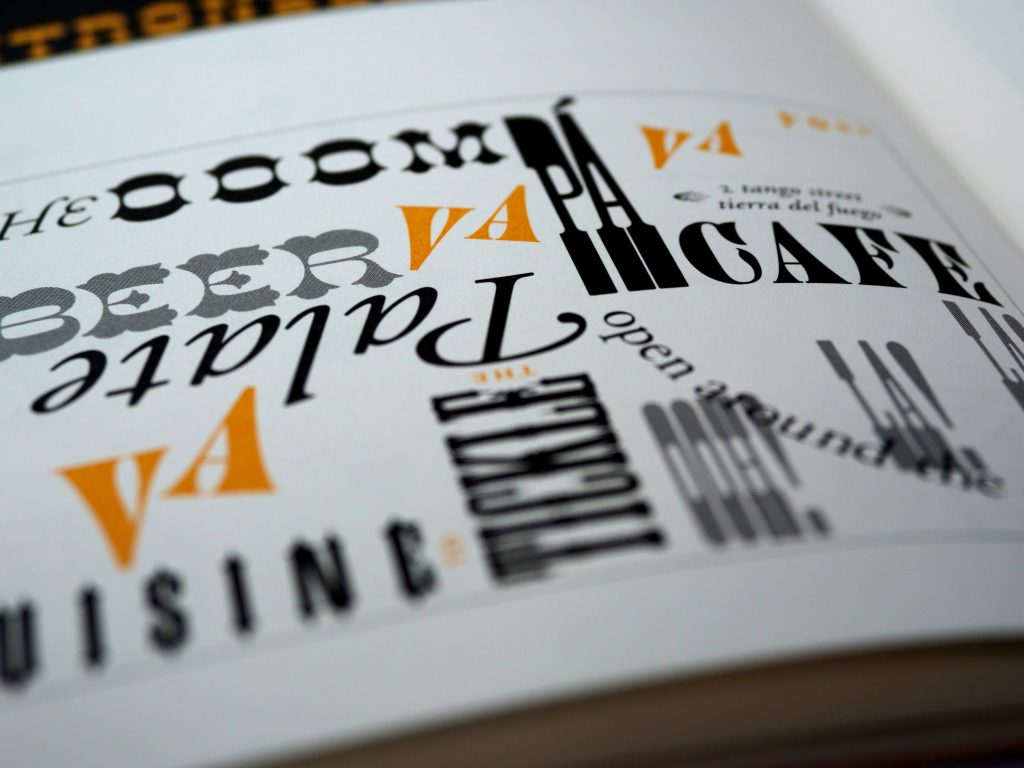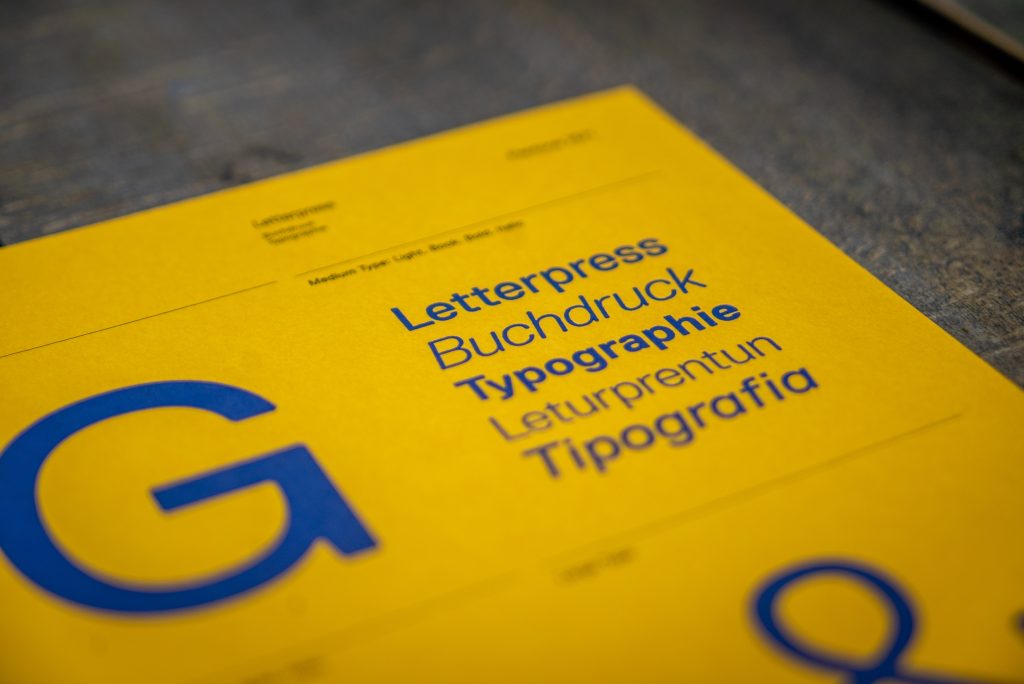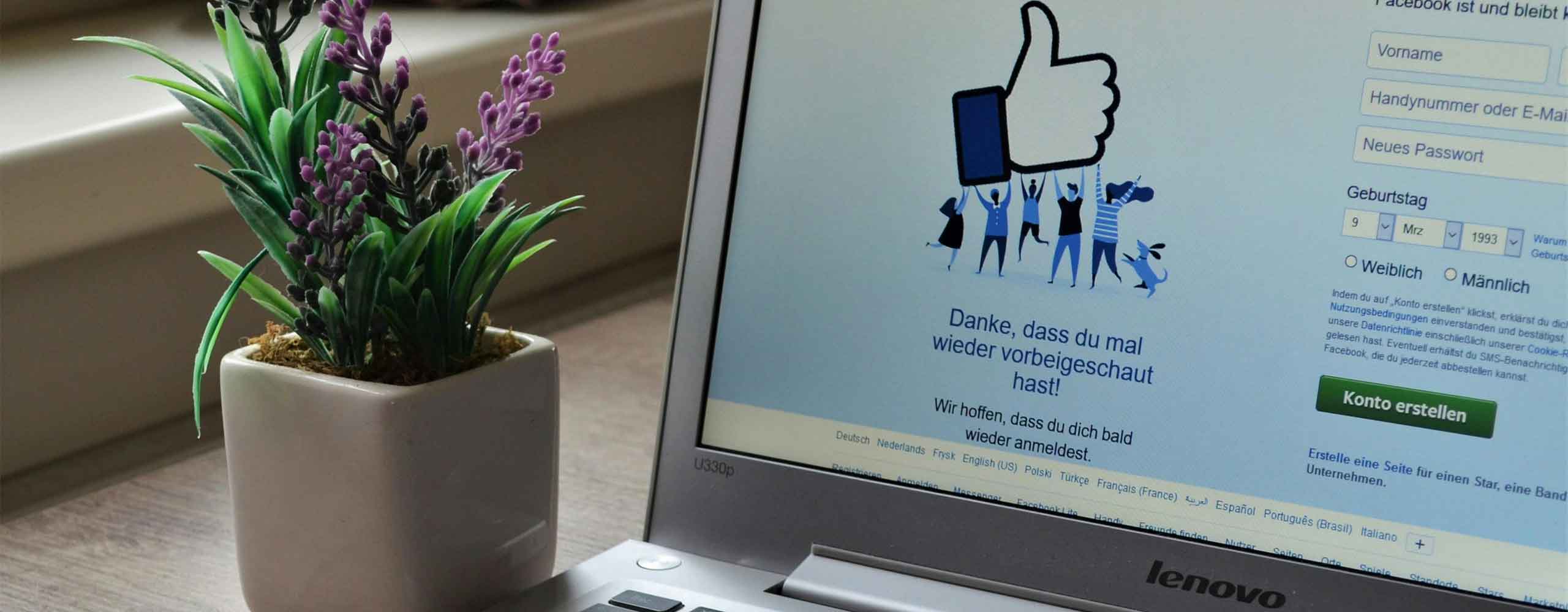The growth of fonts
When I first started learning to program websites, CRT monitors were the norm. Those monitors were like a massive boat anchor. They limited the number of colors shown. This then, became a domino effect for designers and programmers by limiting what colors we could use on a site. Usually, the options were between the very generic and always similar 8 or so-called “web safe” colors. I truly don’t miss those days.
The same was true for font families that could be used on a site. Times New Roman, Helvetica, and Ariel dominated most sites. And if you wanted to add a splash or personality you were limited to the wretched Comic Sans (it pains me just to type it). Thankfully today, monitors can manage any color. And we are blessed to have some great tools available. It’s exciting to know we can use more than the same 3 boring fonts. That’s where Google Fonts comes into play.
Google Fonts is an amazing library of fonts. They are stored and managed by Google that we can embed into a site. There are countless fonts…hundreds! Best of all, the fonts are embedded or are fed through Google. Therefore, we aren’t dependent on the font being supported by or available on, the user’s computer.
of fonts. They are stored and managed by Google that we can embed into a site. There are countless fonts…hundreds! Best of all, the fonts are embedded or are fed through Google. Therefore, we aren’t dependent on the font being supported by or available on, the user’s computer.
With Google Fonts we can bring a whole new level of personality, performance, and professionalism to a site. Google Fonts are embedded through the CSS file on a site. Ultimately making for an amazingly fast, light weight, and easily accessible font for all pages on the site.
When you check a few boxes on the Google Fonts page, you are presented with options. These options include a setting the font weight (how bold a font is). Plus, distinctive style options like italic within the CSS.
There are other options for fonts available, such as FontSquirrel.com. However, it usually requires the font to be downloaded or stored on your server. At the end of the day, it’s just not fast or ideal for the end users.
But wait, there’s more! Sometimes, it can have a weird jump where it will load a generic font onto your unique or chosen font. In today’s web world it’s all about speed and user experience. Font Squirrel just doesn’t offer that same smooth experience of Google Fonts.
 Additionally, there are a couple other great benefits to using Google Fonts. Primarily,
Additionally, there are a couple other great benefits to using Google Fonts. Primarily,
most of the fonts are free to use. But there are other font tools you’ll need to pay per font. And possibly per year to use the font. Then you’d need to navigate their terms of use.
Which is another huge benefit to Google Fonts – you can use them anywhere. You can use them on the website and other marketing material like your brochures and business cards. Heck, you can even use a Google Font in your logo. Since there are hundreds and hundreds of fonts available, you’re sure to find a unique font. One that is easily readable and engaging while not being used by all your competitors.
A great font can take a site to a whole new level. The font family itself might not be the biggest conversion factor on a site. Still, it’s one of the main small pieces that need to go into a well thought out design.
Google Fonts provides us (web developers and business owners), a terrific opportunity. It sets our sites apart from the competition and helps with that conversion. In today’s web, we aren’t limited to the 8 web safe colors or 8 web safe fonts. REJOICE! The days of clunky CRT monitors are thankfully gone…forever.









